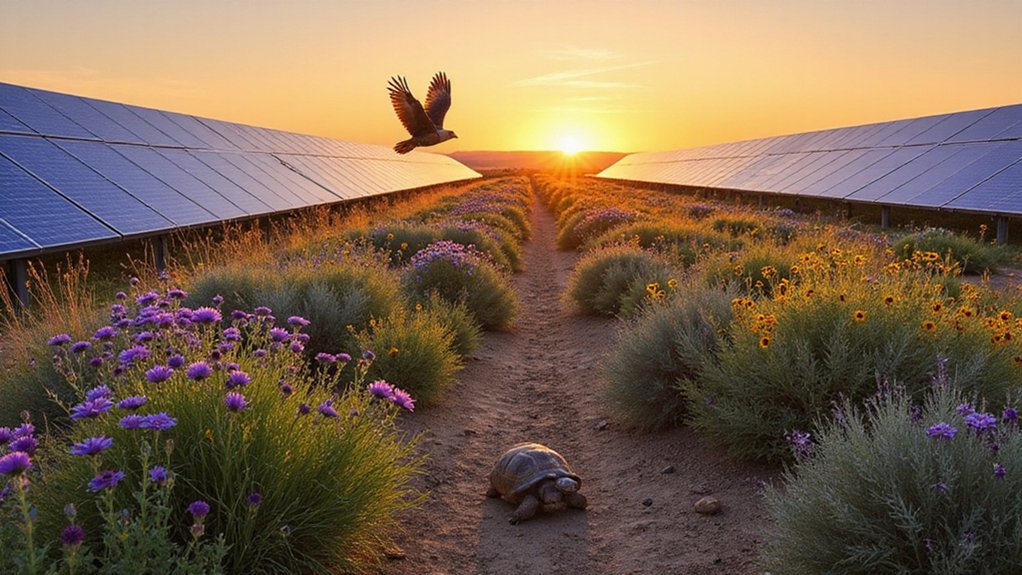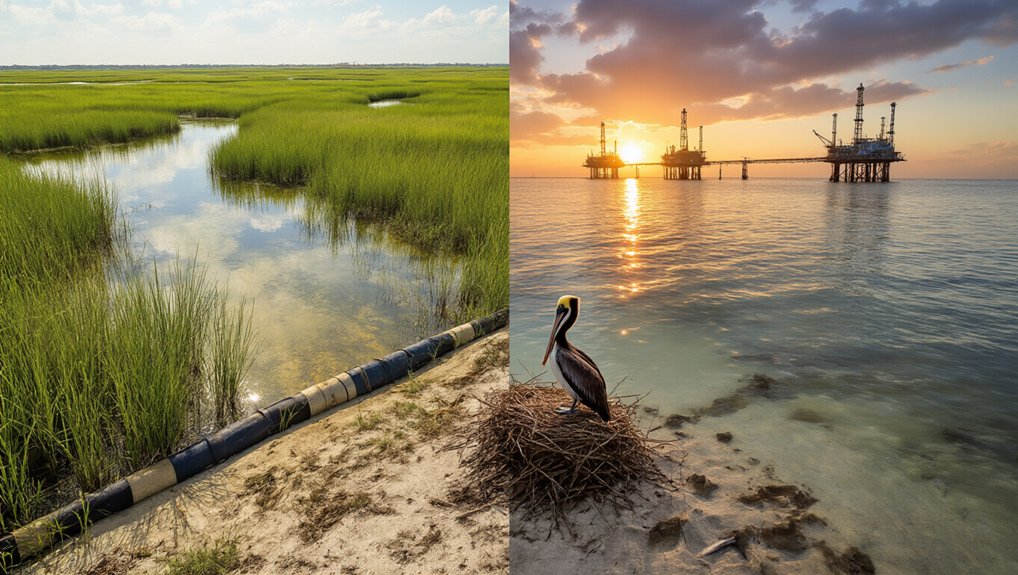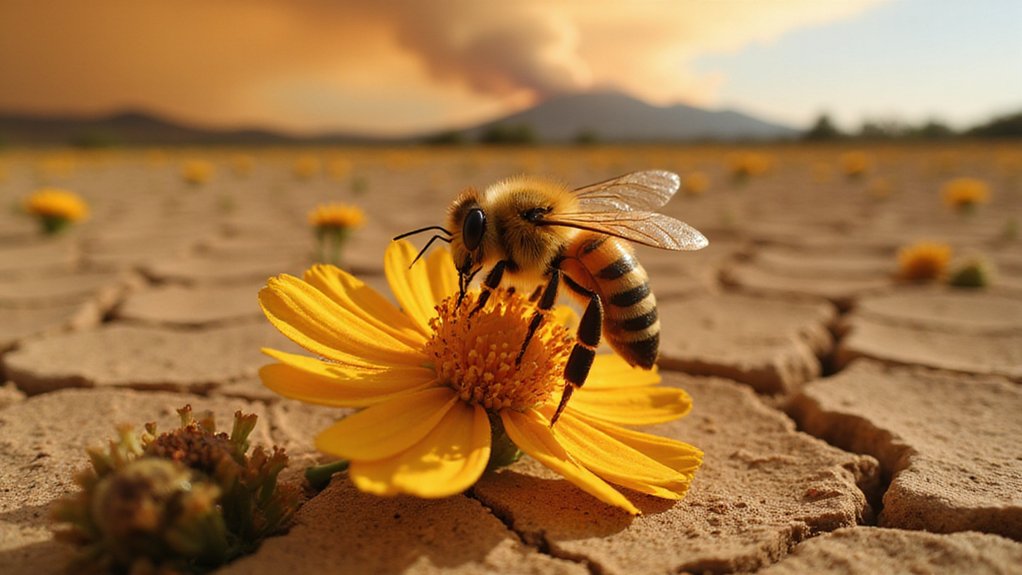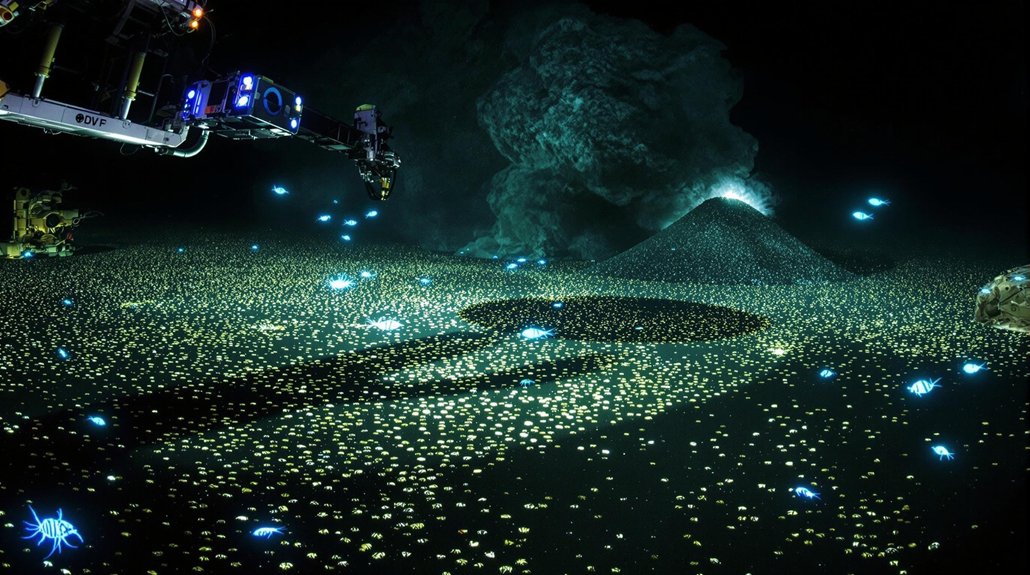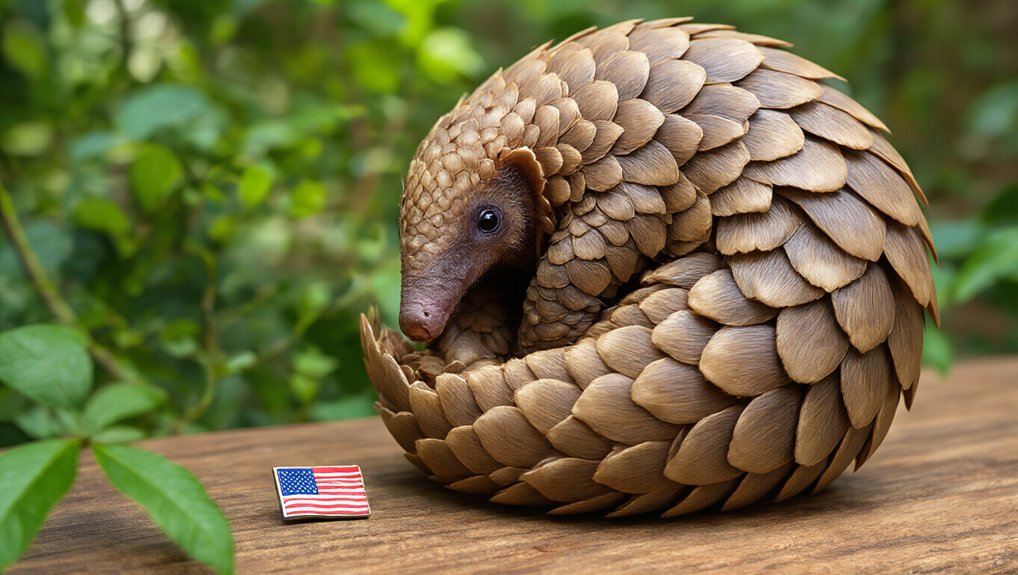Solar farms across America are becoming unexpected wildlife sanctuaries. Studies show these installations host diverse plant and animal species while producing clean energy. Smart design features like wildlife crossings and habitat restoration efforts enhance biodiversity. Though some wildlife fatalities occur, many species safely coexist with solar panels. Projects like the Desert Tortoise Conservation program demonstrate how proper management transforms barren solar fields into vibrant ecosystems. The evidence reveals surprising environmental benefits beyond carbon reduction.
Sprawling fields of solar panels are shedding their barren reputation as they transform into thriving wildlife sanctuaries across the country. Recent studies show these solar farms provide valuable habitats for diverse species while protecting land from urban development. The evidence points to a surprising harmony between renewable energy production and biodiversity conservation.
Solar installations reduce harmful air pollution, including carbon dioxide and mercury that damage wildlife populations and their habitats. In Minnesota, utility-scale solar fields have demonstrated abundant biodiversity, hosting numerous plant and animal species. Unlike fossil fuel production, solar operations avoid destructive resource extraction, which is a major cause of habitat loss worldwide. Similar to wind farm habitats, offshore solar installations can create artificial environments that support diverse marine ecosystems.
Smart design features are key to this transformation. Wildlife crossings, protective fencing, and habitat restoration efforts help minimize disturbance to animal populations. Real-time monitoring systems track wildlife movements, allowing operators to adjust management strategies when needed. These thoughtful approaches enable solar projects to support wildlife while still producing clean energy.
Thoughtful design transforms solar farms from energy producers into wildlife havens through strategic crossings, protective features and adaptive management.
The data on wildlife interactions with solar farms shows promising results. While some bird and bat fatalities occur along perimeter fences (averaging 14.44 birds and 2.56 bats per kilometer per year), many species safely coexist with solar installations. However, photovoltaic solar projects have documented higher fatality rates of approximately 11.61 birds per MW/year, which must be addressed through improved design. Researchers document healthy wildlife populations living among solar panels across the country.
Solar facilities offer additional environmental benefits beyond carbon reduction. They require no water for power generation, preserving this precious resource for wildlife and ecosystems. The land conservation associated with solar projects protects areas from more destructive forms of development. Creating pollinator-friendly habitats within solar arrays significantly enhances biodiversity while maintaining energy production efficiency.
Successful case studies highlight these benefits. The Desert Tortoise Conservation at Solar Energy Generating Systems in California’s Mojave Desert has protected this threatened species while producing clean energy. Likewise, the Topaz Solar Farm in California implemented effective avian protection measures.
While conservation challenges remain, including potential habitat fragmentation and wildlife collisions, the evidence suggests solar farms can evolve from barren energy producers into vibrant wildlife havens when properly designed and managed.
References
- https://wildlife.onlinelibrary.wiley.com/doi/10.1002/jwmg.22216
- https://www.energy.gov/sites/default/files/2021-11/Solar Impacts on Wildlife and Ecosystems Request for Information Summary.pdf
- https://8msolar.com/solar-panels-and-wildlife-lessening-environmental-impacts/
- https://cleanpower.org/wp-content/uploads/gateway/2025/03/ACP_Wildlife-and-Solar_Fact-Sheet.pdf
- https://www.nrel.gov/news/program/2024/utility-scale-solar-fields-can-foster-abundant-biodiversity.html
